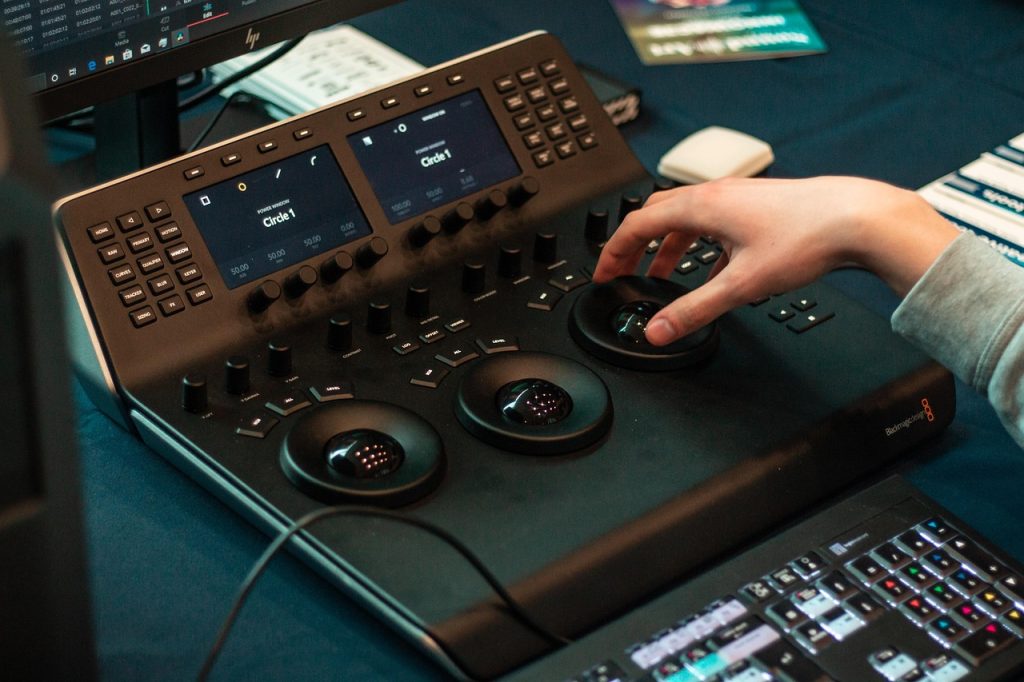In the domains of defense and military operations, precision is paramount. The effectiveness of military hardware relies heavily on accurate simulations that predict performance in various scenarios. As technology evolves, the need to reengineer these simulations has become critical for optimizing performance and ensuring mission success. This article explores the importance of design experiments, statistical analysis, and advanced modeling techniques in enhancing military hardware simulations.
Understanding Design of Experiments (DoE)
Design of Experiments (DoE) is a systematic approach used to evaluate the effects of multiple factors on a desired outcome. In the context of military hardware simulations, optimizing these factors can result in enhanced performance and better decision-making. By implementing a factorial design, military engineers can analyze different combinations of variables, enabling them to discern which factors significantly affect performance.
For example, in developing missile guidance systems, factors such as aerodynamic shape, propulsion systems, and control algorithms can be analyzed using DoE techniques. This allows engineers to understand interactions among variables and their combined effect on the missile’s trajectory and target accuracy.
Utilizing Response Surface Methodology (RSM)
Response Surface Methodology (RSM) is another powerful tool that aids in optimizing processes. By creating a mathematical model of the response variable based on the input factors, RSM allows engineers to identify the optimal settings for military hardware. This approach is particularly effective in simulations, where many variables interact complexly.
RSM provides insights through graphical representation, facilitating data visualization that simplifies the interpretation of complex data sets. Engineers can utilize these visualizations to comprehend performance outcomes better and make informed decisions in the design phase.
Statistical Analysis and Hypothesis Testing
Statistical analysis plays a vital role in validating simulation results. Through hypothesis testing, engineers can determine whether observed effects in the simulations are statistically significant or attributable to random variation. This testing is critical in military operations where precision matters.
Moreover, sample size determination is essential to ensure robust and reliable results. The accuracy of any statistical inference hinges on the size of the sample used in simulations. Larger sample sizes typically lead to more reliable outcomes, demanding careful planning and consideration in experimental design.
Quality Control and Six Sigma Analysis
Incorporating quality control and Six Sigma principles into military hardware simulations further enhances precision. Six Sigma focuses on processes that minimize variability and defects, essential when developing critical military systems. By employing statistical process control and data mining techniques, engineers can continuously monitor simulation outcomes and refine models proactively.
Six Sigma’s DMAIC (Define, Measure, Analyze, Improve, Control) framework is particularly useful in reengineering processes, ensuring that military simulations adhere to high-quality standards. This methodology is supported by statistical modeling and multivariate analysis, providing the foundation for producing precise simulation outcomes.
Simulation Studies and Sensitivity Analysis
Simulation studies form the backbone of military hardware evaluations, enabling engineers to replicate real-world scenarios. Sensitivity analysis complements these studies by assessing how variations in model inputs impact outputs. Understanding these sensitivities is crucial for identifying robust designs and optimizing performance.
Reengineering military hardware simulations is an ongoing challenge that demands precision and accuracy. By leveraging advanced design tools, experiments analysis software, and statistical modeling techniques, military engineers can optimize hardware design and functionality. Utilizing methods such as DoE, RSM, and robust statistical analyses, paired with quality control initiatives, ensures that military hardware not only meets but exceeds operational expectations. As we enhance these simulations, we move closer to achieving unparalleled precision in military operations, ultimately securing mission success and safeguarding lives.

